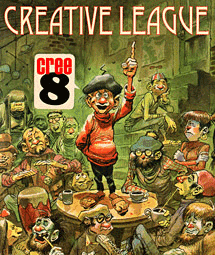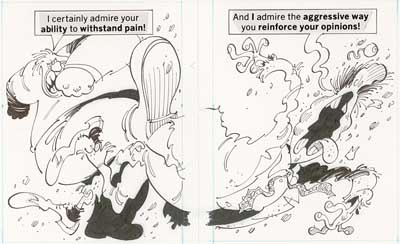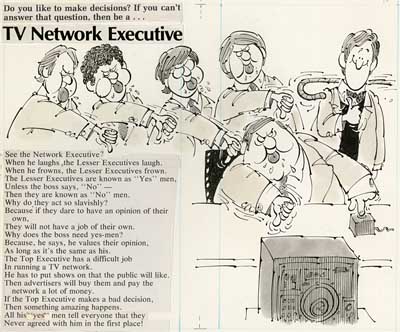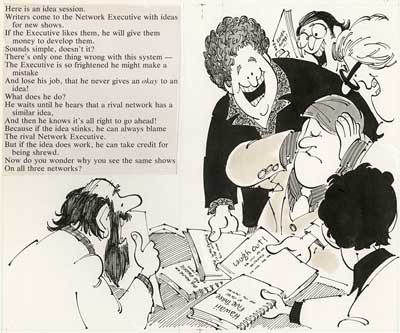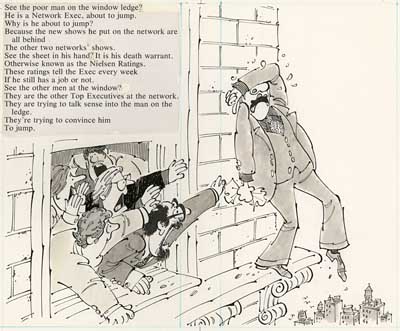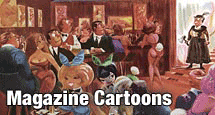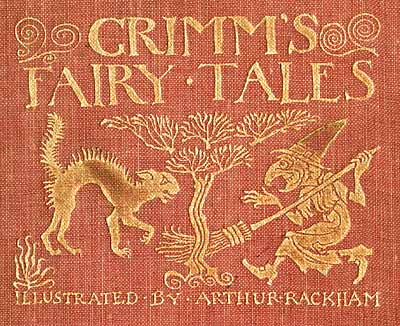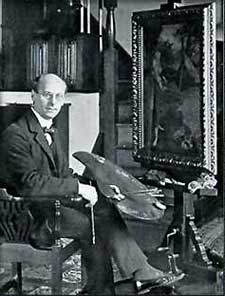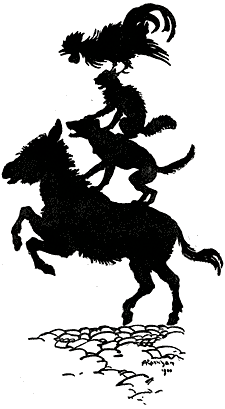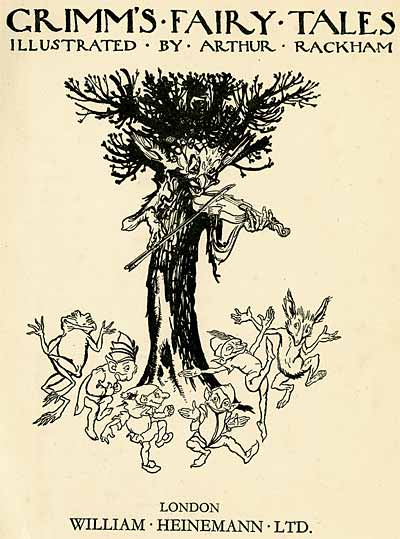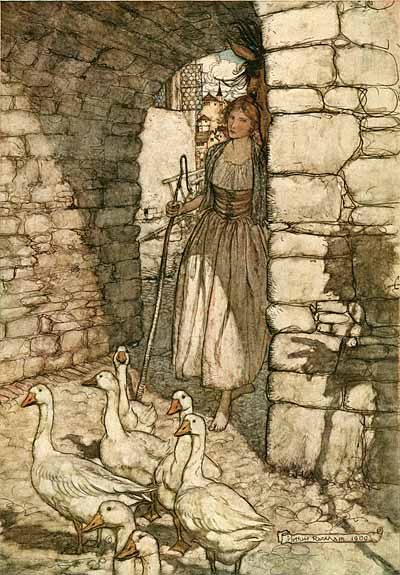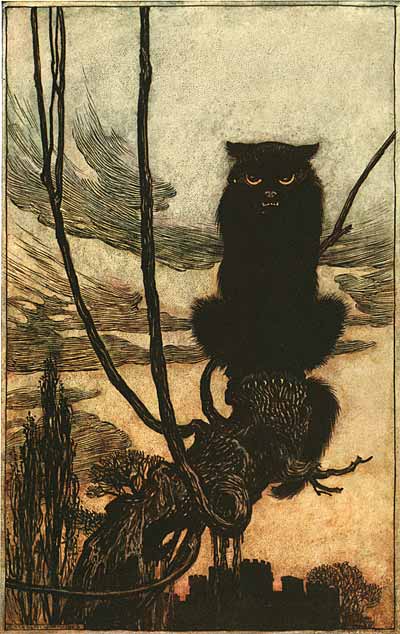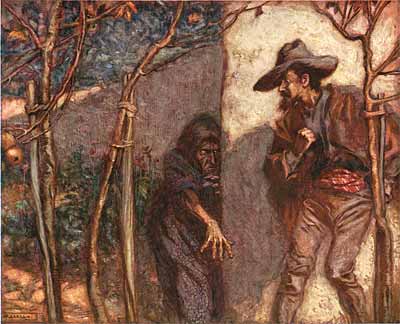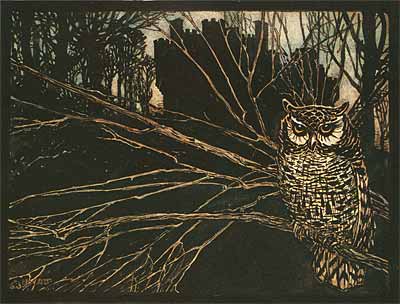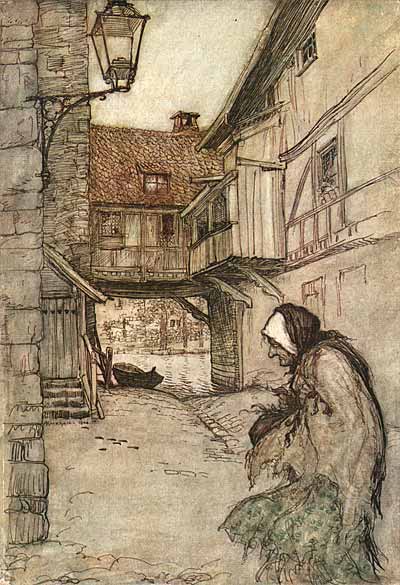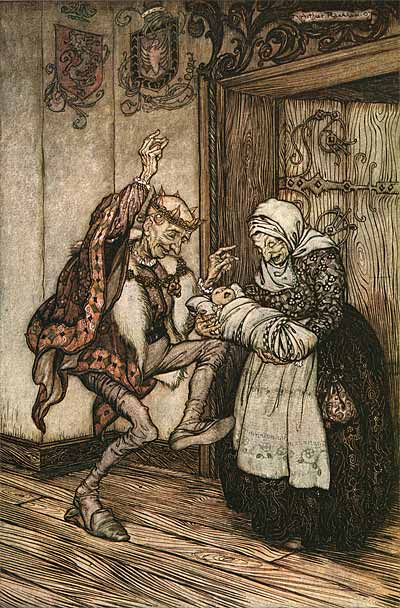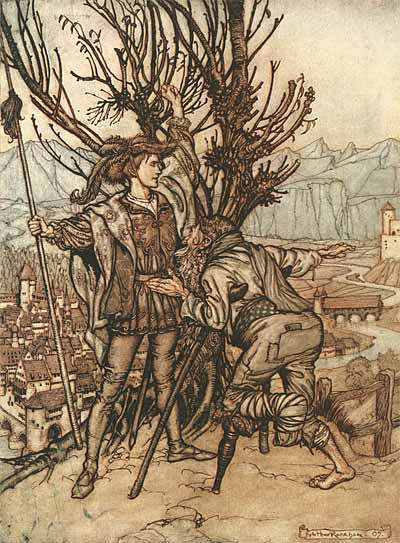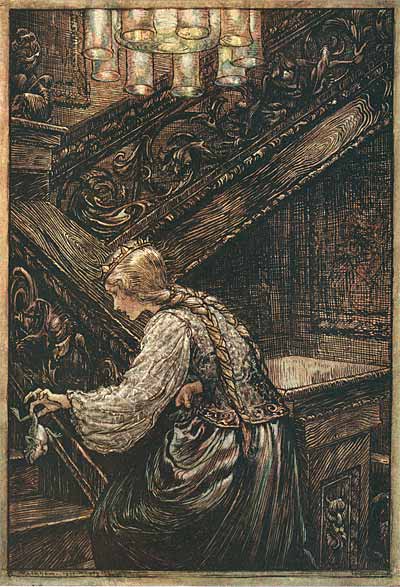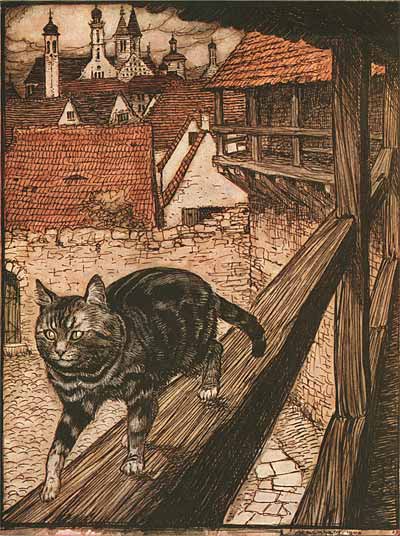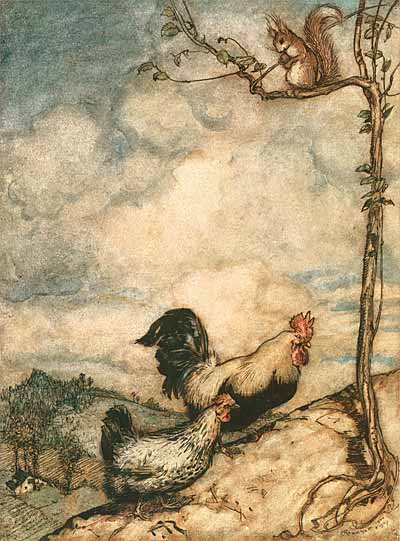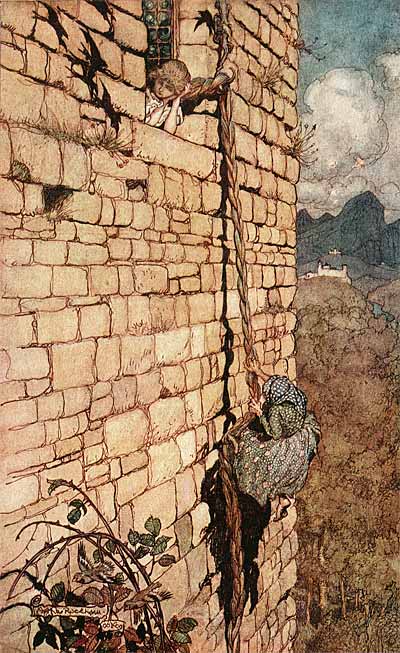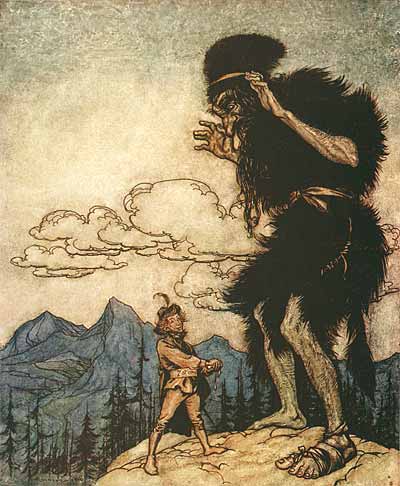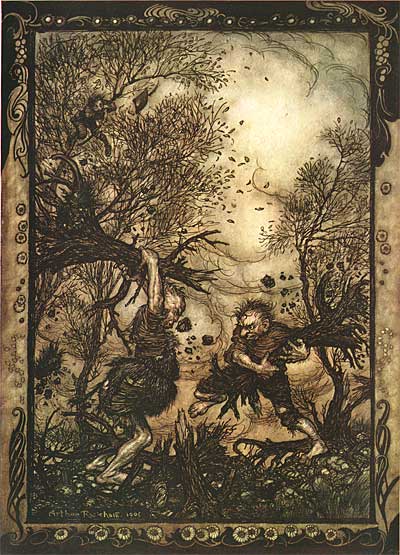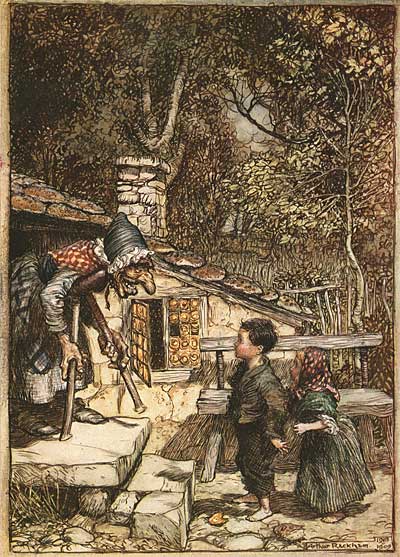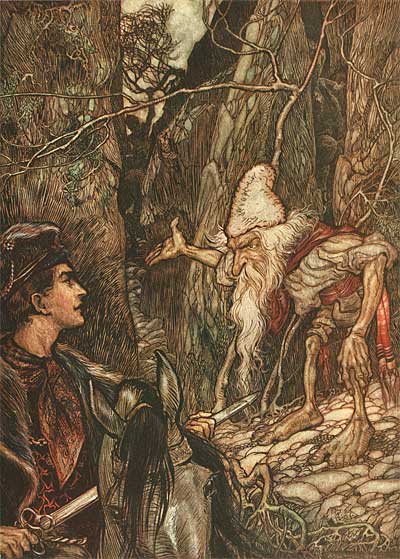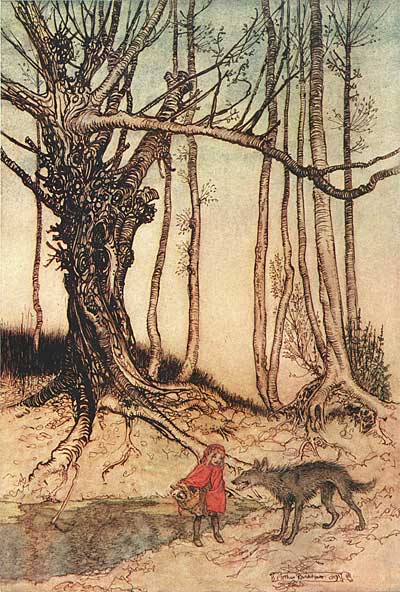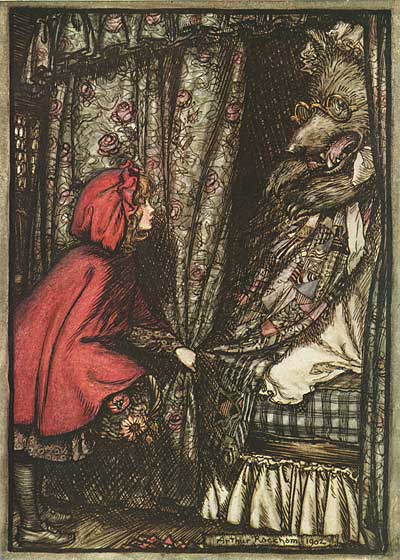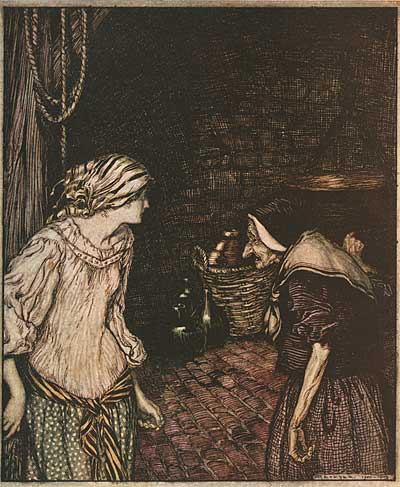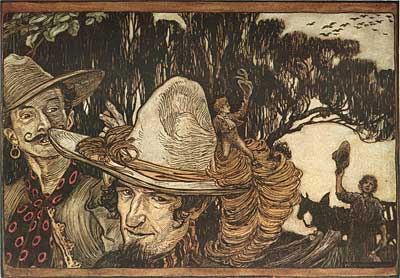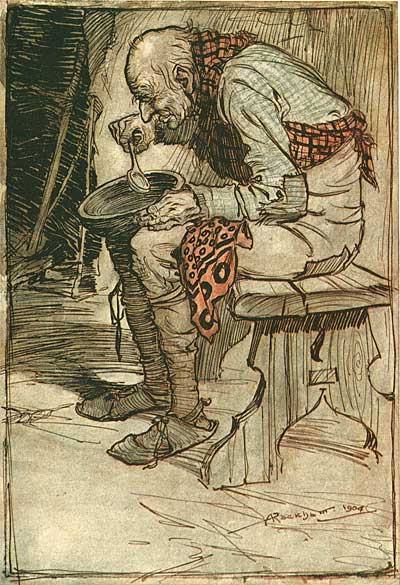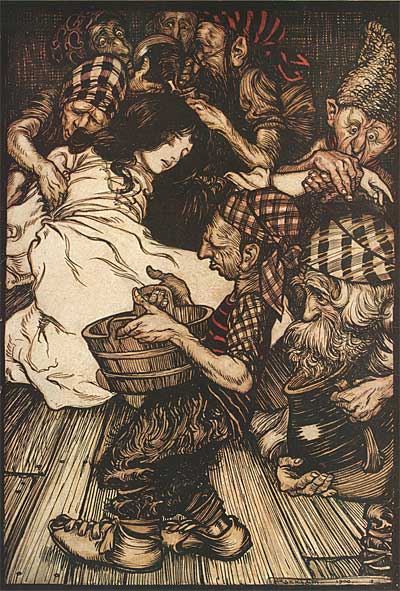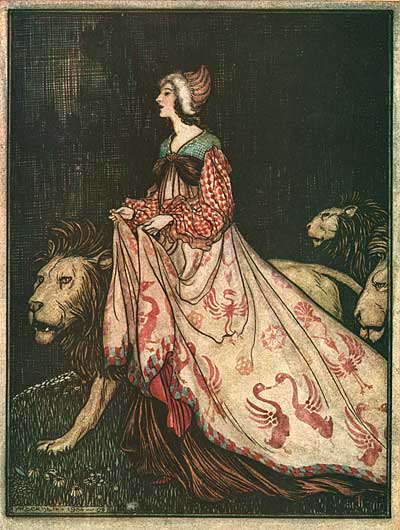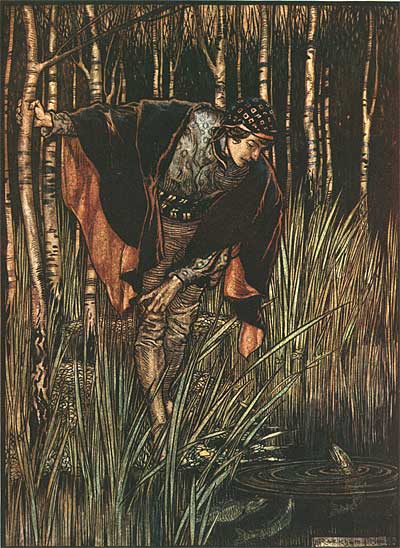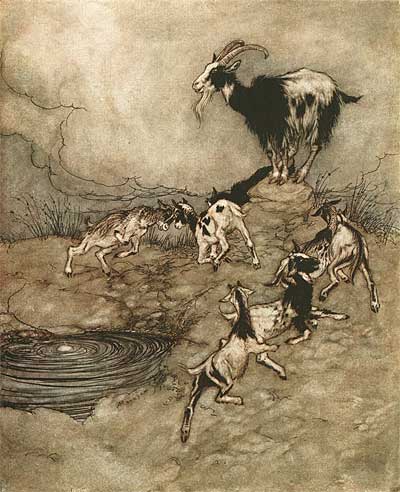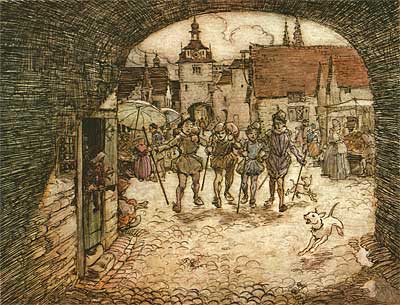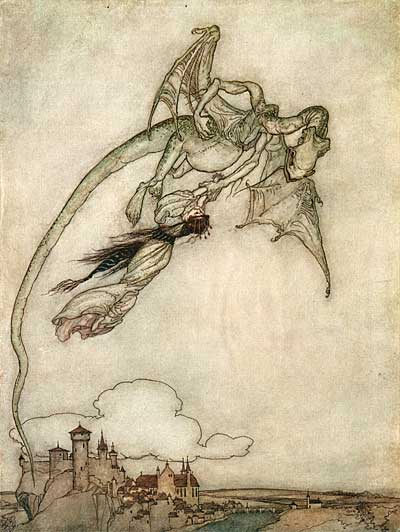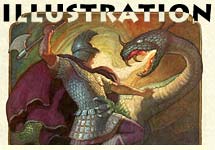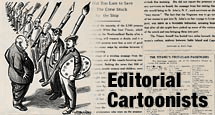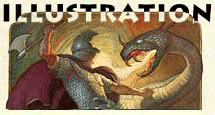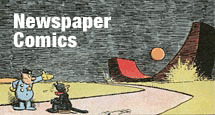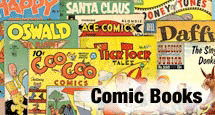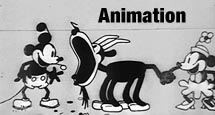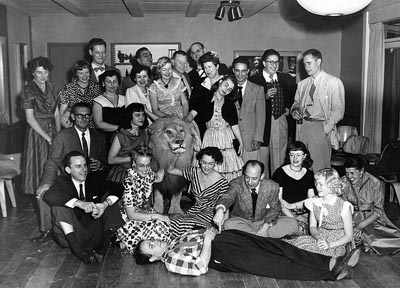
Wrap party for “Toot Whistle Plunk & Boom”
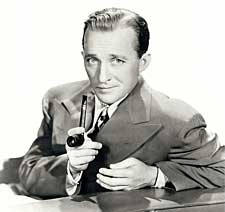
 A few years ago, a student at Woodbury volunteered to help build out our database. He told me how much this blog, along with Eddie Fitzgerald’s has opened his eyes to how great cartoons were in the 30s, 40s and 50s. He had a sketchbook full of Preston Blair drawings and enthusiasm for Fleischer, MGM and Warner Bros cartoons. So I asked him what kinds of music he listens to…
A few years ago, a student at Woodbury volunteered to help build out our database. He told me how much this blog, along with Eddie Fitzgerald’s has opened his eyes to how great cartoons were in the 30s, 40s and 50s. He had a sketchbook full of Preston Blair drawings and enthusiasm for Fleischer, MGM and Warner Bros cartoons. So I asked him what kinds of music he listens to…
“David Bowie mostly.”
My jaw hit the floor. I couldn’t believe what I was hearing. I gave him this advice…
Cartoons aren’t the only things that were better back in the first half of the 20th century.
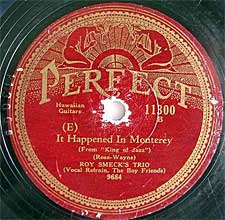
 A friend of mine once pointed out that somebody should write a book titled "The Golden Age of Everything". Sure, there are things today that are incredibly great… computers, the internet, iPhones, frost-free refrigerators, etc… but music, dance, illustration, writing, movies and cartoons were all going through a golden age back then. Cartoonists should be aware of this, and they should absorb all of the greatness of the past. It will give them a solid foundation to build upon and make them better cartoonists.
A friend of mine once pointed out that somebody should write a book titled "The Golden Age of Everything". Sure, there are things today that are incredibly great… computers, the internet, iPhones, frost-free refrigerators, etc… but music, dance, illustration, writing, movies and cartoons were all going through a golden age back then. Cartoonists should be aware of this, and they should absorb all of the greatness of the past. It will give them a solid foundation to build upon and make them better cartoonists.
Today, I’m going to talk about music…
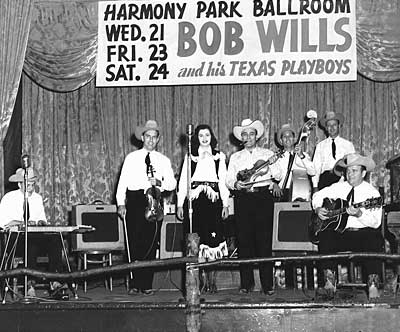
I know that someone out there is going to post a comment saying that there’s still great music being made, it just isn’t mainstream. I’m fully aware of the fact that there are talented musicians working today. But in the 30s through the 50s, incredible talent was a given. Performers, from the top of the heap to the bottom- from most popular to least- were all capable of making you do a double take and say “wow!”.
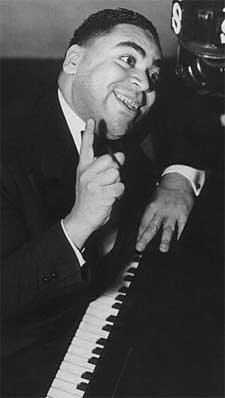
 When I ask kids what kinds of music they listen to, I usually get the response, “All kinds.” But “all kinds” usually turns out to mean a million shades of the same color… current rock music. There are so many names today for the same kind of music. For the life of me, I can’t tell the difference between rave, techno and electronica. In the past, there really were a million kinds of music… pop vocals, hot jazz, country western, big band swing, folk, rhythm & blues, bluegrass, mambo, dixieland, rock n’ roll, sweet orchestral, be bop…
When I ask kids what kinds of music they listen to, I usually get the response, “All kinds.” But “all kinds” usually turns out to mean a million shades of the same color… current rock music. There are so many names today for the same kind of music. For the life of me, I can’t tell the difference between rave, techno and electronica. In the past, there really were a million kinds of music… pop vocals, hot jazz, country western, big band swing, folk, rhythm & blues, bluegrass, mambo, dixieland, rock n’ roll, sweet orchestral, be bop…
I could talk for hours about this subject, but the best proof is seeing what I’m talking about…
JAZZ
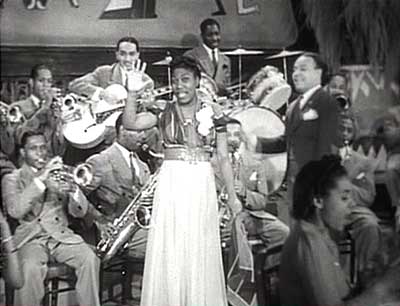
Lucky Millinder & Sister Rosetta Tharpe
"Four Or Five Times" (Soundie/1941)
(
Quicktime 7 / 5.5 megs)
COUNTRY MUSIC
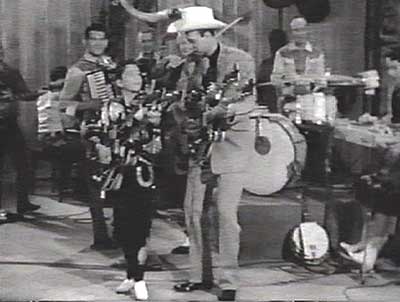
Larry Collins & Joe Maphis
"Under The Double Eagle" (Tex Ritter’s Ranch Party/1959)
(
Quicktime 7 / 5 megs)
THE BLUES
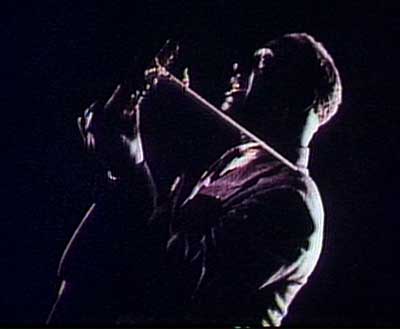
Leadbelly
"Gray Goose" "Pick A Bale Of Cotton"(1950s)
(
Quicktime 7 / 10 megs)
POPULAR MUSIC

Les Paul & Mary Ford
"The World Is Waiting For The Sunrise" "Amuka Riki" (Grand Old Opry/1959)
(
Quicktime 7 / 12 megs)
If you are a student planning to be a professional cartoonist, listen to music that relates to your work- read books that inspire cartoony ideas- watch movies to learn cinematic techniques that can be applied to cartooning- LIVE THE FABULOUS LIFESTYLE OF A FAMOUS HOLLYWOOD CARTOONIST!
By the way… That animation student is a big Fats Waller fan now! And that’s not all… He’s a professional in the animation business working as a storyboard artist at Cartoon Network.
Stephen Worth
Director
Animation Resources


This posting is part of a series of articles comprising an online exhibit entitled Theory.

It’s Members Appreciation Time at Animation Resources, and for the next 30 days we will be sharing reasons why you should be a member of our important project. It’s easy to join. Just click on the link and you can sign up right now online…
CLICK To Join Today!

Learn About The Benefits Of Membership
Not A Member Yet? Want A Free Sample?
Check out this SAMPLE REFERENCE PACK! It will give you a taste of what Animation Resources members get to download every other month!
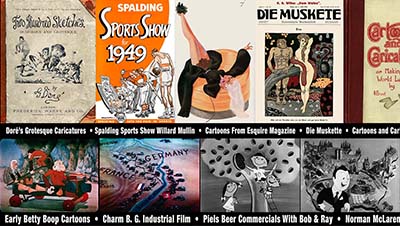









 by
by 

![]() Paul Coker Jr. is one of those cartoonists that always seems to be overlooked, yet he is one of the most talented and stylistically ubiquitous artists of modern times. His drawings have appeared in advertisements, on greeting cards and in the pages of Mad Magazine for over half a century. He designed characters for many of the Rankin/Bass holiday puppet TV specials, including “Frosty the Snowman” and “Santa Claus Is Coming To Town”. His sketches are deceptively simple on first glance, but they are solidly drawn and incorporate many fundamental principles in a sophisticated manner. (For instance, check out the masterful control of perspective in the cartoon above.) John Kricfalusi has written an appreciation of Coker’s work, as has David Apatoff. Check out this devastating satire on network television and you’ll be a fan too.
Paul Coker Jr. is one of those cartoonists that always seems to be overlooked, yet he is one of the most talented and stylistically ubiquitous artists of modern times. His drawings have appeared in advertisements, on greeting cards and in the pages of Mad Magazine for over half a century. He designed characters for many of the Rankin/Bass holiday puppet TV specials, including “Frosty the Snowman” and “Santa Claus Is Coming To Town”. His sketches are deceptively simple on first glance, but they are solidly drawn and incorporate many fundamental principles in a sophisticated manner. (For instance, check out the masterful control of perspective in the cartoon above.) John Kricfalusi has written an appreciation of Coker’s work, as has David Apatoff. Check out this devastating satire on network television and you’ll be a fan too.




